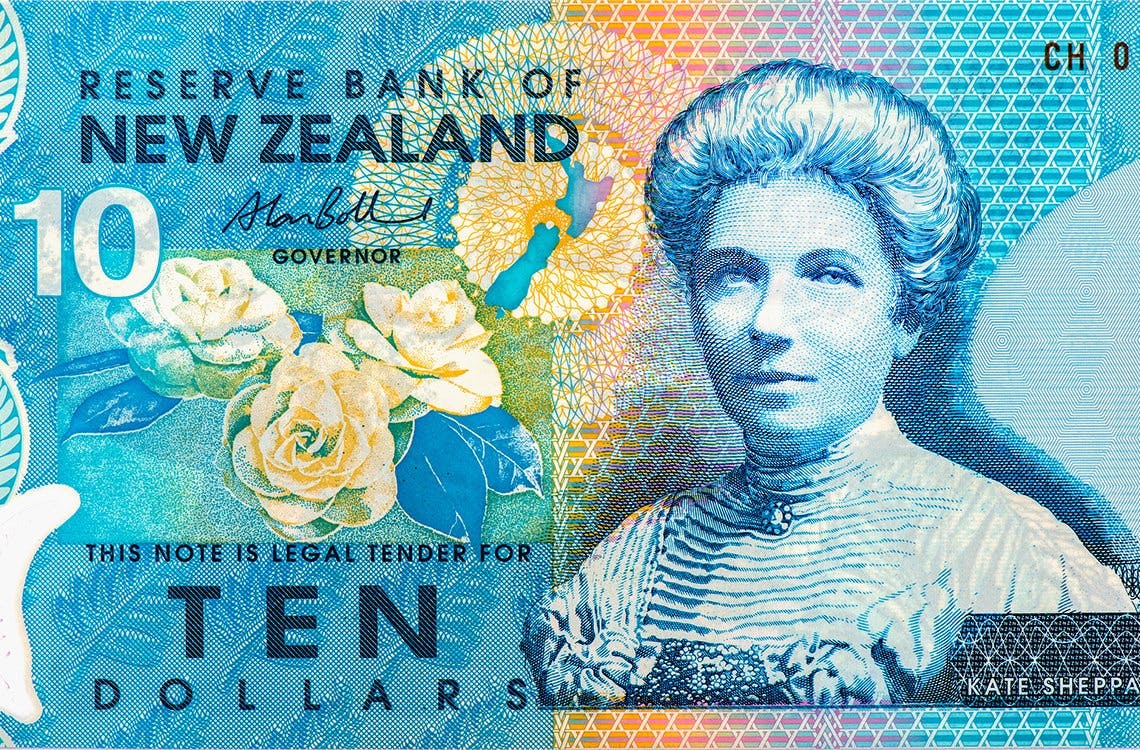
‘Noteable’ Women of the World
A recent study of current banknotes worldwide found just 12 percent feature images of women, but progress is being made in some countries, with the U.S. soon to see its $20 bills celebrate abolitionist hero Harriet Tubman, Northern Ireland’s forthcoming £50 note honouring pioneering astrophysicist Jocelyn Bell Burnell and Scotland’s new £100 note to showcase medical pioneer and suffragette Dr Flora Murray.
Queen Elizabeth II is the woman most often featured on cash, first appearing on a 1935 Canadian banknote as a princess of just nine years old. She now graces banknotes in 19 different countries. Other notable monarchs include Queen Tamar of Georgia and Queen Teuta of Albania.
Women celebrated on banknotes for their literary achievement’s include Sweden’s Astrid Lindgren—the author of Pippi Longstocking—Korea’s Shin Saimdang, respectfully called ‘Wise Mother’ and considered a model of Confucian ideals, Natsuko Higuchi, who distinguished herself as Japan’s first professional female writer of modern literature during a brief and turbulent life, and Dominican poet and proponent of women’s education Salomé Ureña.
Australia is well ahead of the curve, including women on all of its notes alongside men. Women are also better represented than average in Scandinavia, with 60 percent of Denmark’s bills and 50 percent of Sweden’s featuring them.
Harriet Tubman will be joining other pioneers of liberty and equality on banknotes such as New Zealand’s Kate Sheppard—her nation’s most famous and influential suffragist—social reformer Edith Cowan, Australia’s first female member of parliament, and Canada’s Viola Desmond, an icon of the nation’s human rights and freedoms movement. Catherine Flon and Policarpa Salavarrieta have also featured on their nation’s notes as key figures in the independence of Haiti and Colombia respectively.
Jocelyn Bell Burnell, who discovered pulsars in 1967, joins figures such as Colombia’s Virginia Gutierrez—a ground-breaking medical anthropologist—and Scottish scientist, author and polymath Mary Somerville, who was elected in 1835 as the joint-first female Honorary Member of the Royal Astronomical society alongside Caroline Herschel.
Dr Flora Murray—soon to join Somerville on Scottish currency—was celebrated during her lifetime for her medical work in World War One, going on to co-found the Women's Hospital for Children in London, and military hospitals that saved countless lives during World War Two.
Our money says something about us and what we represent as a society. So, if we're all about gender equality and diversity and inclusion, let's walk the walk.
